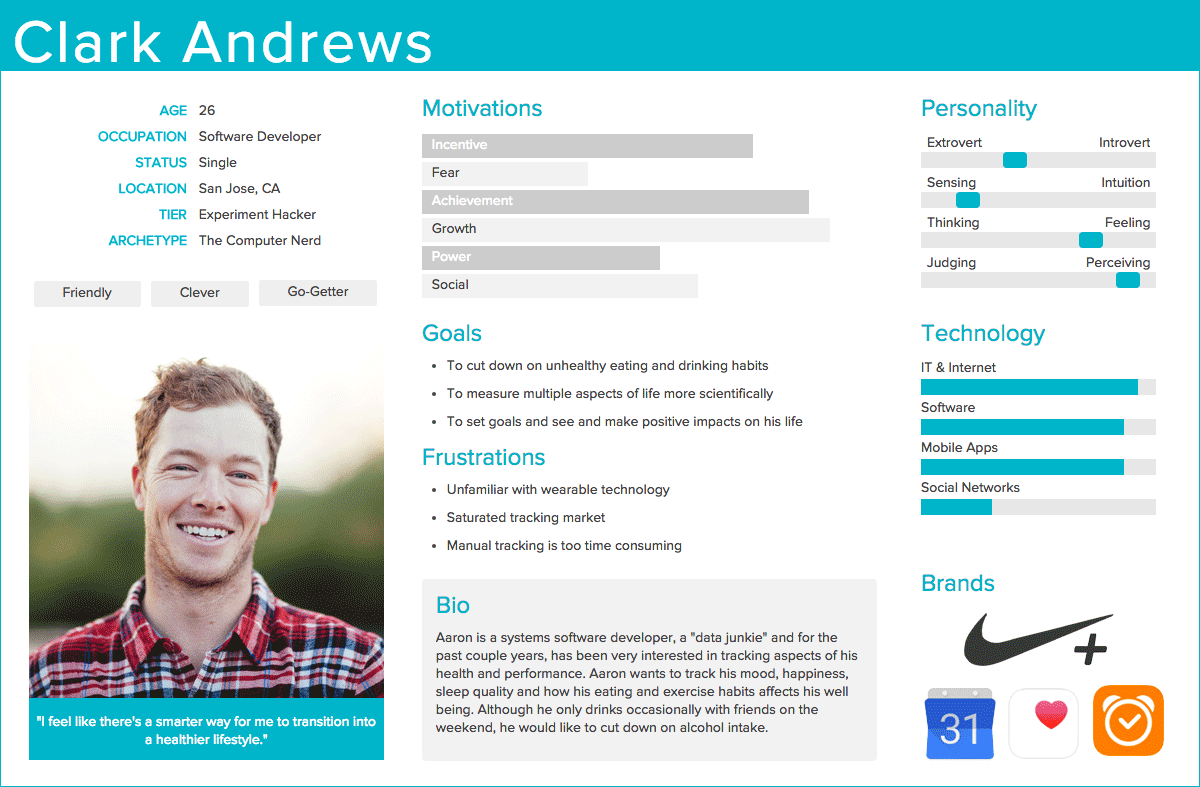What is a user persona and why are they important to SEO?
Here at Alpha Digital, we often delve into audience data and analyse website behaviour to create a buyer persona of our client’s target audiences – this allows us to gain a deeper understanding of them, ultimately enabling us to strategise how best to target users and optimise their customer journey.
Personas are helpful for any marketing campaign, especially in the digital world where you don’t find yourself face to face with your customers. Alongside their overarching benefits, personas can be particularly advantageous for your SEO strategy.

What is a user persona?
A persona is “A semi-fictional representation of your ideal customer based on market research and real data about your existing customers” (HubSpot, 2017).
These representations provide a lot of insight about how customers interact with your products and services and give you the ability to precisely target them, making it more likely that they will see your business and – most importantly – engage with it.
The persona of “Clark Andrews” (below) is an example of the kind of information that a marketer might gather about their potential and current customers to help them gain a deeper understanding of their audience.

There are many types of personas that marketers can create and use. The more detailed information you include, the deeper the analysis you are likely to get on the target audience. Examining elements such as customer demographics, behaviour patterns, motivations, goals, the brands they like and what their frustrations are, can help you determine where you should be spending your marketing efforts and budget. Attracting the right audience is likely to result in more valuable visitors who are more likely to become leads or customers for your business or brand.
How are personas helpful for SEO?
Personas can help with:
- Usability
Understanding how your customers shop and interact with your website online is vital and could be the difference between the success or failure of your website. Through user research you can develop an acumen about how users interact with your website that allows you to strategically plan where you place content on your site.
For example, after developing a persona for your target audience you might find that the majority of customers are visiting your website from mobile devices and expect information to load quickly and easily. This may influence you to choose to restructure the content on your website to ensure that the website is mobile-friendly and that the most important content is located at the top of the page. Small changes like this are likely to more accurately cater to your exact audience and can lead to a higher conversion rate.
This is why user personas can also be a very important part of conversion rate optimisation and refining your customer journey based on your users’ unique needs and expectations.
- User Intent
Creating a persona gives great insight into a user’s intentions and goals on your website. When you know what tasks or goals your users are trying to accomplish, you will have a greater chance of understanding the questions they might ask when interacting with your website and what needs should be met at each stage of the journey. Are you a charity website and want to get your website visitors to donate? You need to consider where they are looking on your website and what words they are looking for – this can help with overall goal completions and conversions as well as traffic generation through SEO. Not providing your customers what they actually want and need to see on your website can lead to a reduction in website engagement and often, page abandonment.
These engagement metrics can be important indicators to Google about how useful and valuable your website is, in turn affecting your organic rankings.
- Information Architecture
As already mentioned, user personas can help you determine what information is important to your customers which can be beneficial when determining the overall structure of your website. Placing the most important information that your customers want and need to see in their direct line of sight is one of the easiest ways to increase the usability of your site and optimise for conversions.
How to create a user persona?
So you know that you should create a persona for your digital marketing or SEO strategy but not sure how to get started?
Start with the information that you already know about your customers based on the behavioural data that you have access to. This can be gathered from direct (and voluntary) feedback from customers or observational information attained from your sales and support departments.
If you need to gather more information, create a survey and get your customers to fill it out, making sure to ask important questions about what they like about your product, how they access your product, and even their values when purchasing products similar to yours. This will provide you with a wealth of information based on the attributes and values of the people who are already interacting with your brand. Once you’ve found out what your customers are interested in seeing, A/B test it on your website to see how they respond. You might even find that all this effort you’ve put into creating a customer persona has improved your conversions and other SEO and engagement metrics.
To learn more about how to streamline your customer journey, improving your organic presence, or optimise for conversions, get in touch with Alpha Digital today.
References:
The definition of a buyer person [in under 100 words] (2017). HubSpot. Retrieved 4 September, 2017 from https://blog.hubspot.com/marketing/buyer-persona-definition-under-100-sr#sm.0001u1dxt3e1gdbqrbw14xvjnqp5y